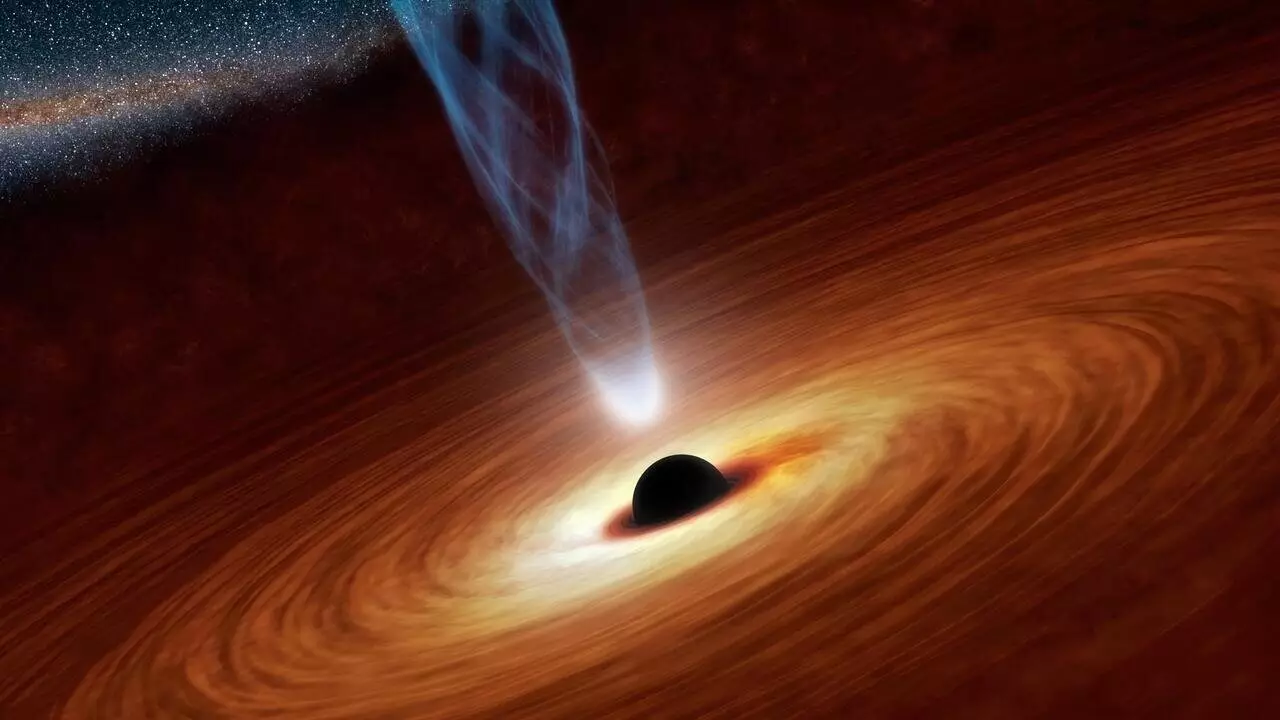In the realm of astrophysics, the concept of “kugelblitze” has captivated scientists for decades. These theoretical black holes were believed to form due to extreme concentrations of light, offering a potential link to mysterious phenomena such as dark matter. Moreover, some even speculated that kugelblitze could serve as the power source for futuristic spaceship engines. However, recent research from the University of Waterloo and Universidad Complutense de Madrid has shattered these theories, revealing the impossibility of kugelblitze in our current universe.
Led by Professor Eduardo Martín-Martínez, the research team delved into the realm of theoretical physics to unravel the truth behind kugelblitze. Contrary to previous assumptions, their study, titled “No black holes from light,” elucidated that the formation of these unique black holes is unattainable within our existing cosmic framework. By incorporating quantum effects into their mathematical model, the researchers unveiled the insurmountable obstacle posed by the magnitude of light required to spawn kugelblitze.
José Polo-Gómez, a Ph.D. candidate in applied mathematics and quantum information, emphasized the fundamental role of quantum mechanics in debunking the feasibility of kugelblitze. According to Polo-Gómez, the intense concentration of light necessary for the emergence of these black holes would trigger the spontaneous generation of particles like electron-positron pairs, thwarting the collapse envisaged in traditional black hole formation.
The team’s findings shed light on the intricacies of vacuum polarization and the Schwinger effect, elucidating the underlying principles that inhibit the creation of black holes from light. Martín-Martínez compared this phenomenon to the annihilation of matter and antimatter in positron emission tomography (PET) scans, underscoring the counterbalancing nature of particle disintegration and photon dispersion in preventing gravitational collapse.
While the revelation of kugelblitze’s impossibility may disappoint astrophysicists, it represents a significant breakthrough in fundamental physics research. The collaborative efforts between applied mathematics, the Perimeter Institute, and the Institute for Quantum Computing at Waterloo have yielded profound insights into the boundaries of astrophysical phenomena. Polo-Gómez emphasized the legacy of such discoveries, highlighting their role in paving the way for future technological innovations that may transcend our current understanding of the universe.
The demise of kugelblitze as a theoretical construct signifies a paradigm shift in astrophysical research, urging scientists to reevaluate existing hypotheses and embrace the complexities of quantum mechanics. As we navigate the frontiers of the cosmos, the quest for knowledge continues to unravel the mysteries that lie beyond our perceptible universe.


Leave a Reply